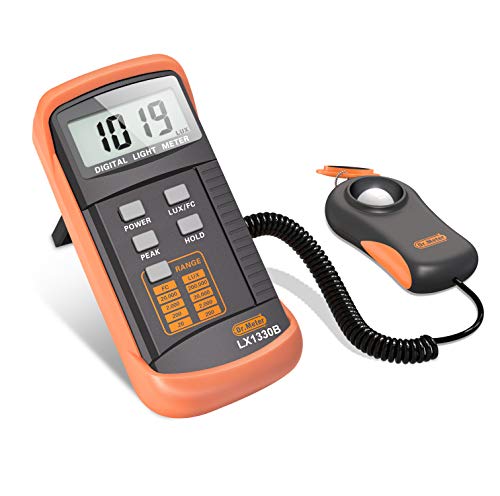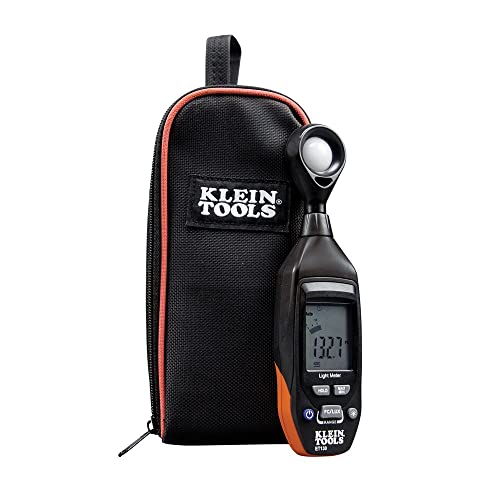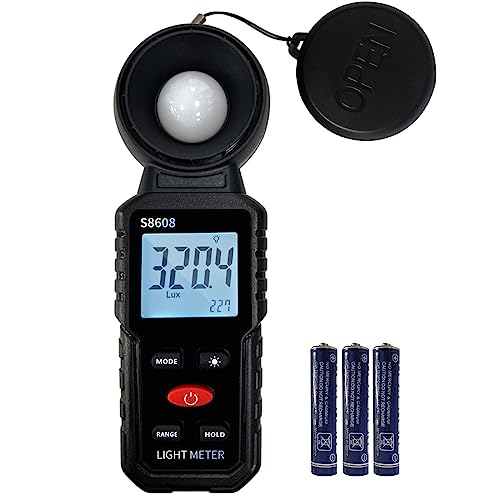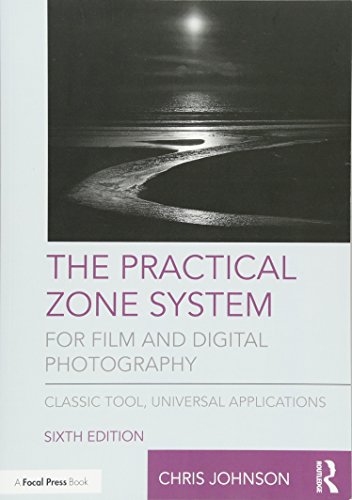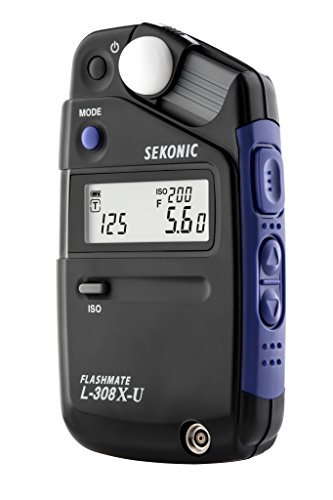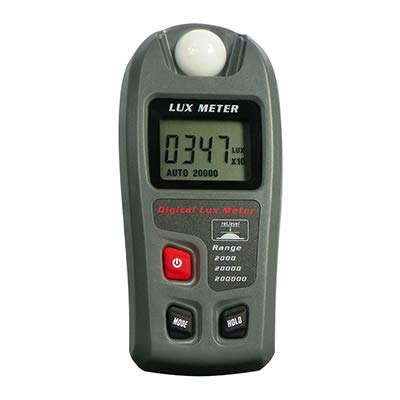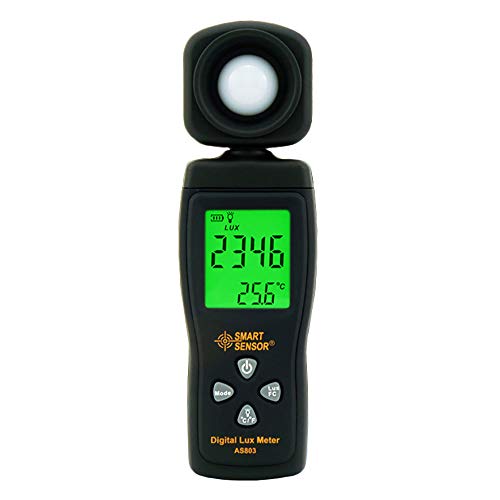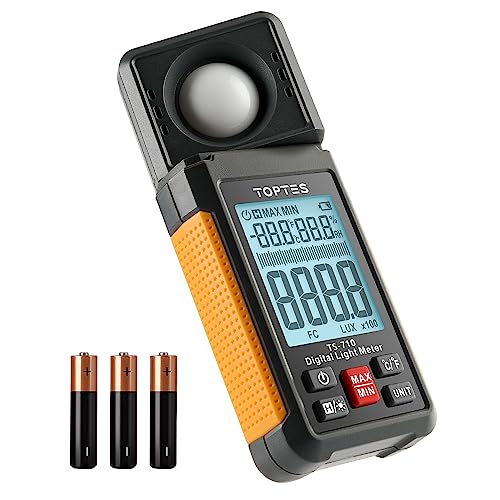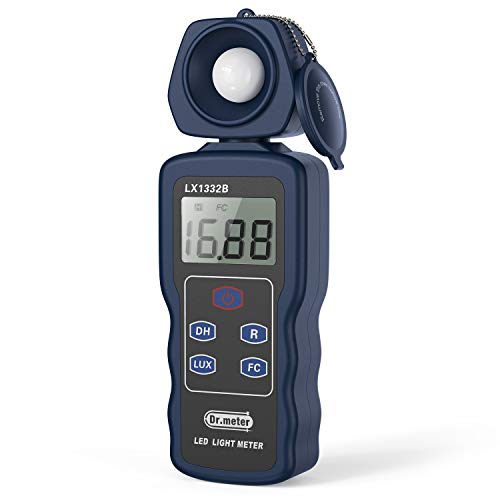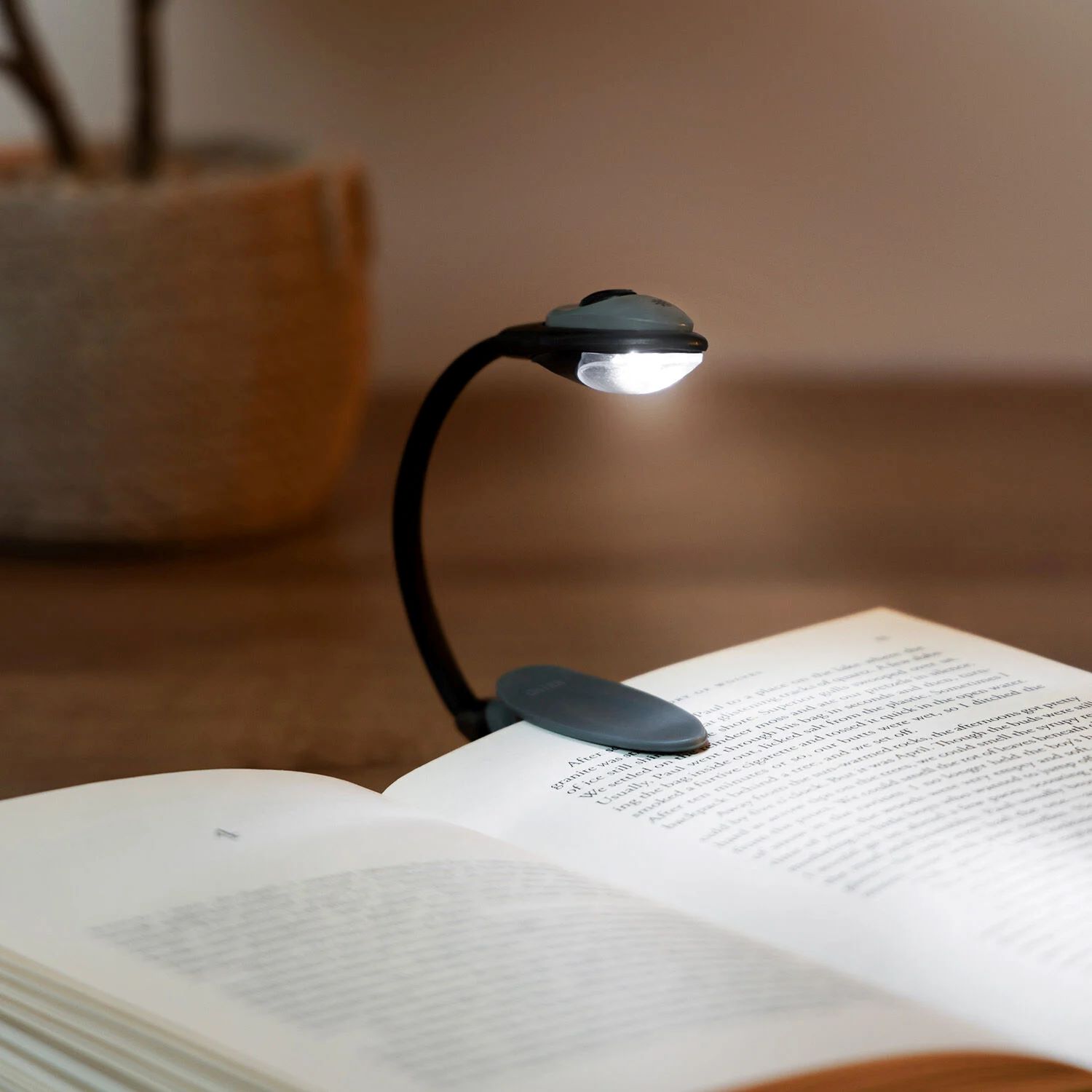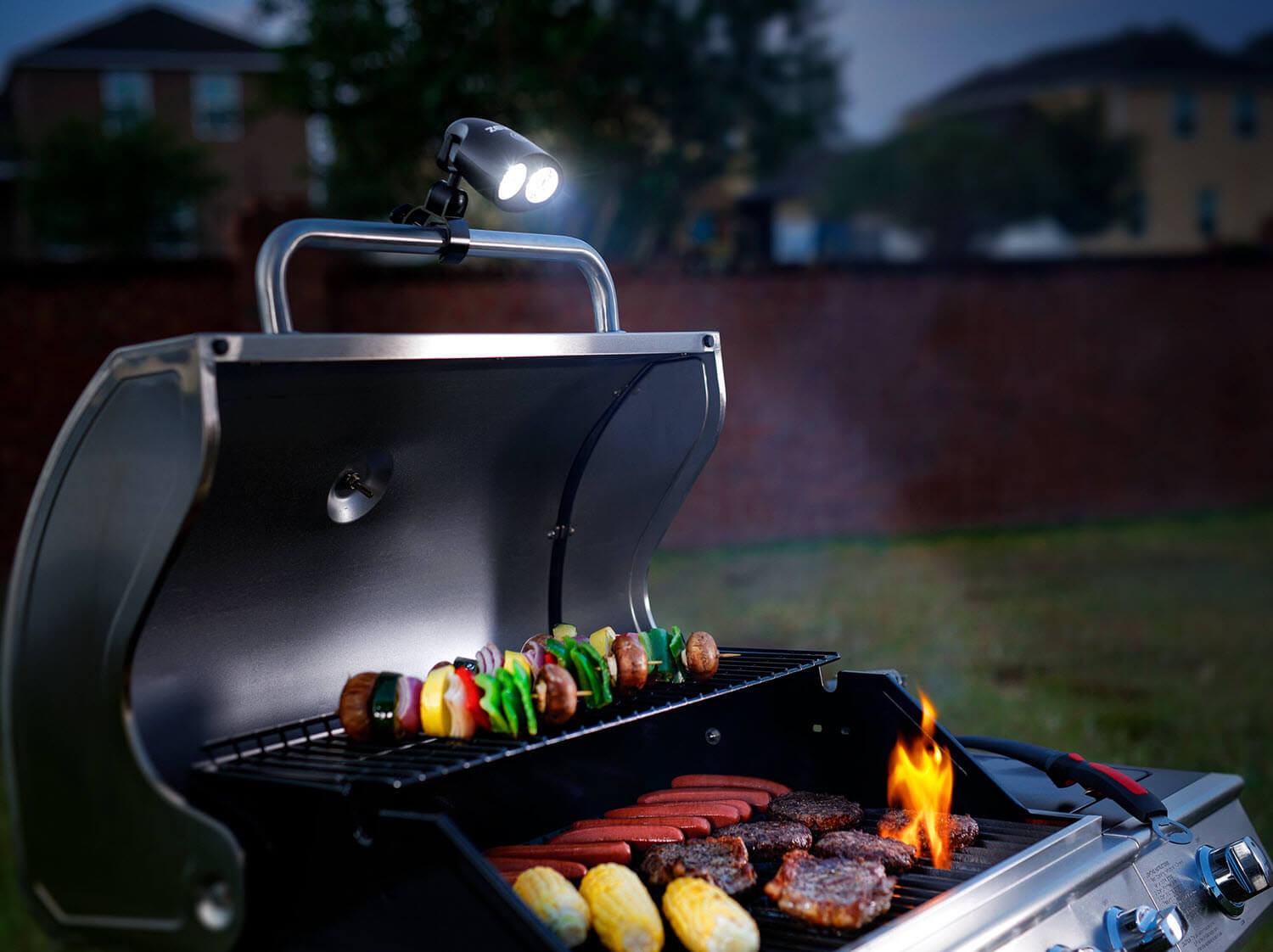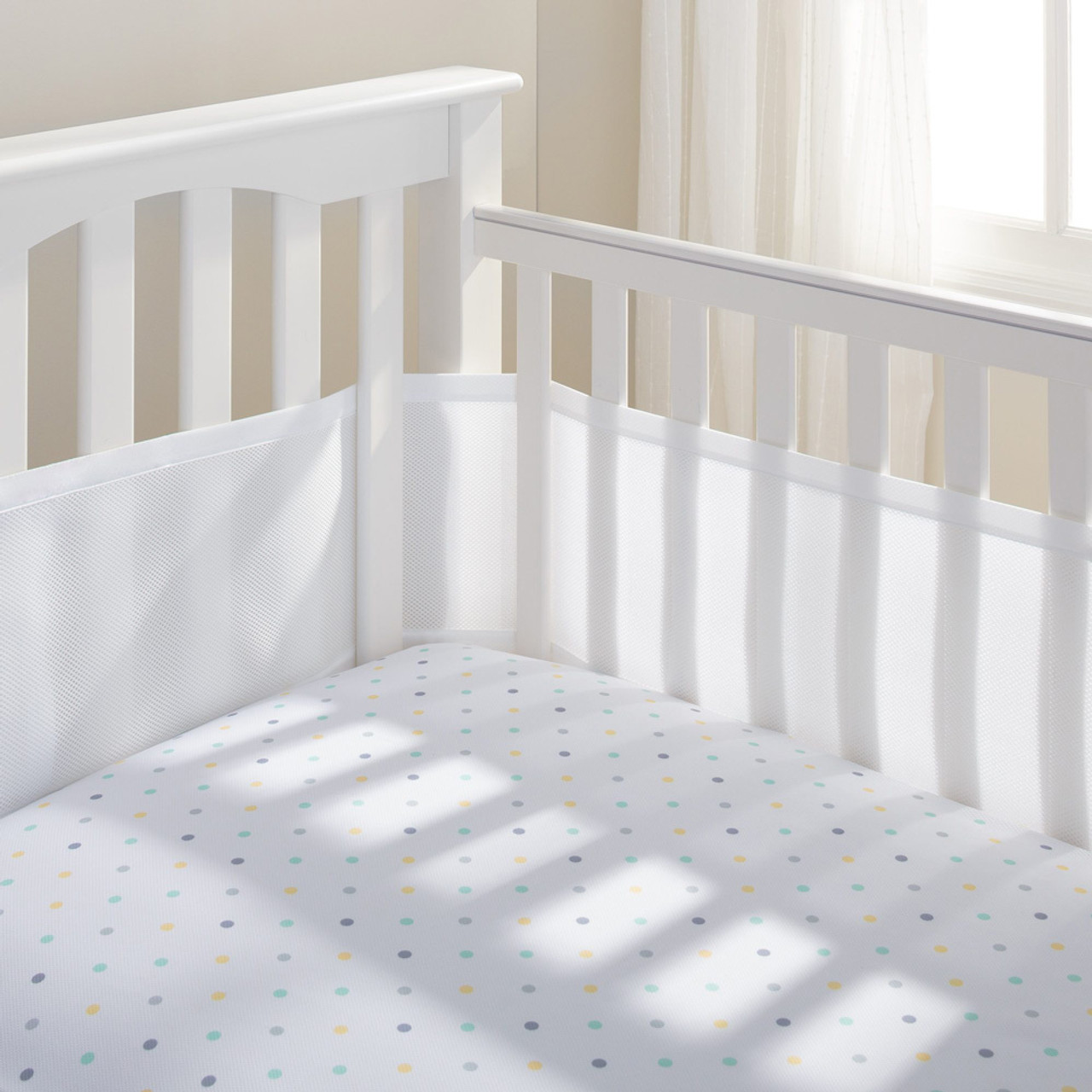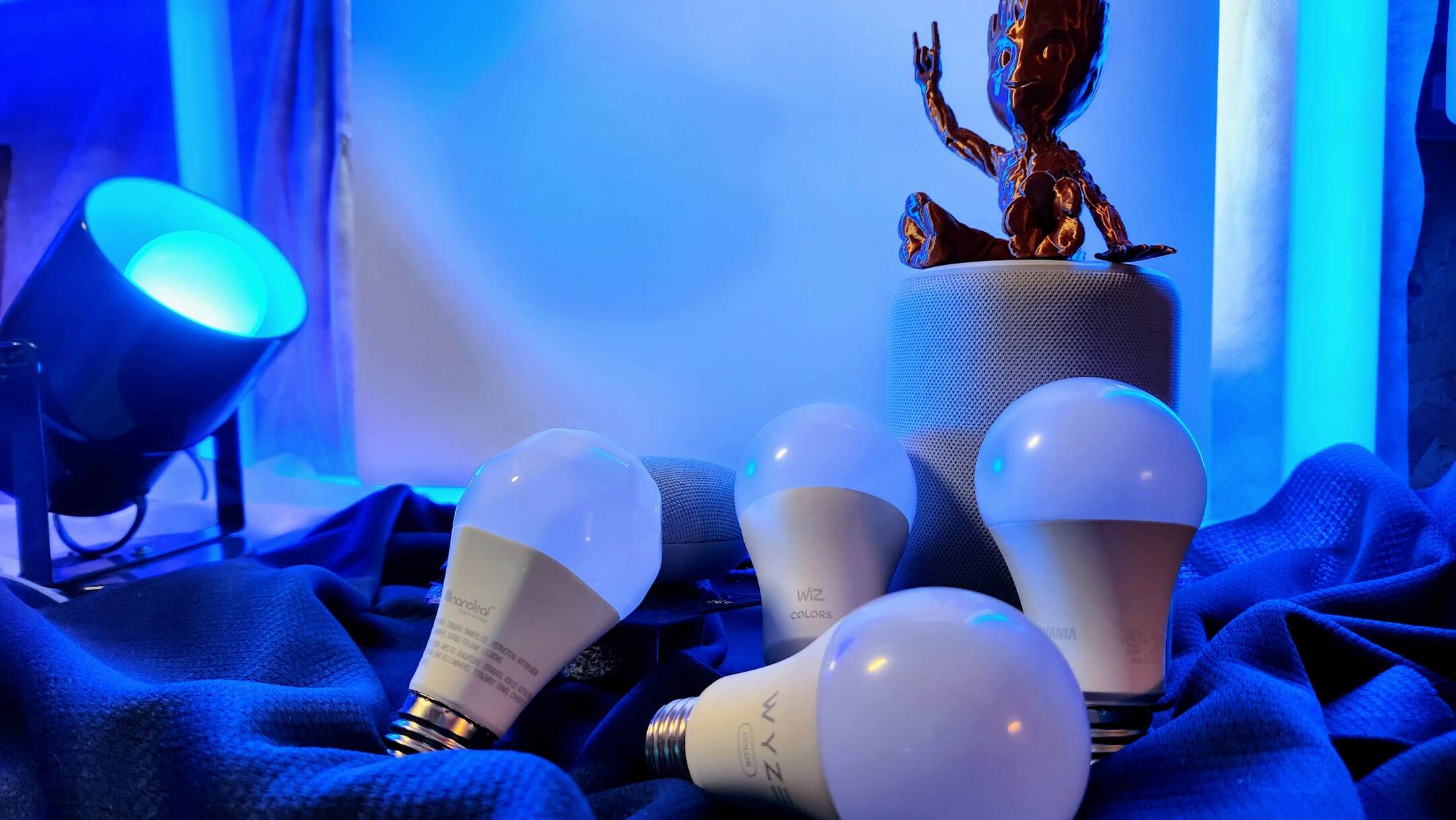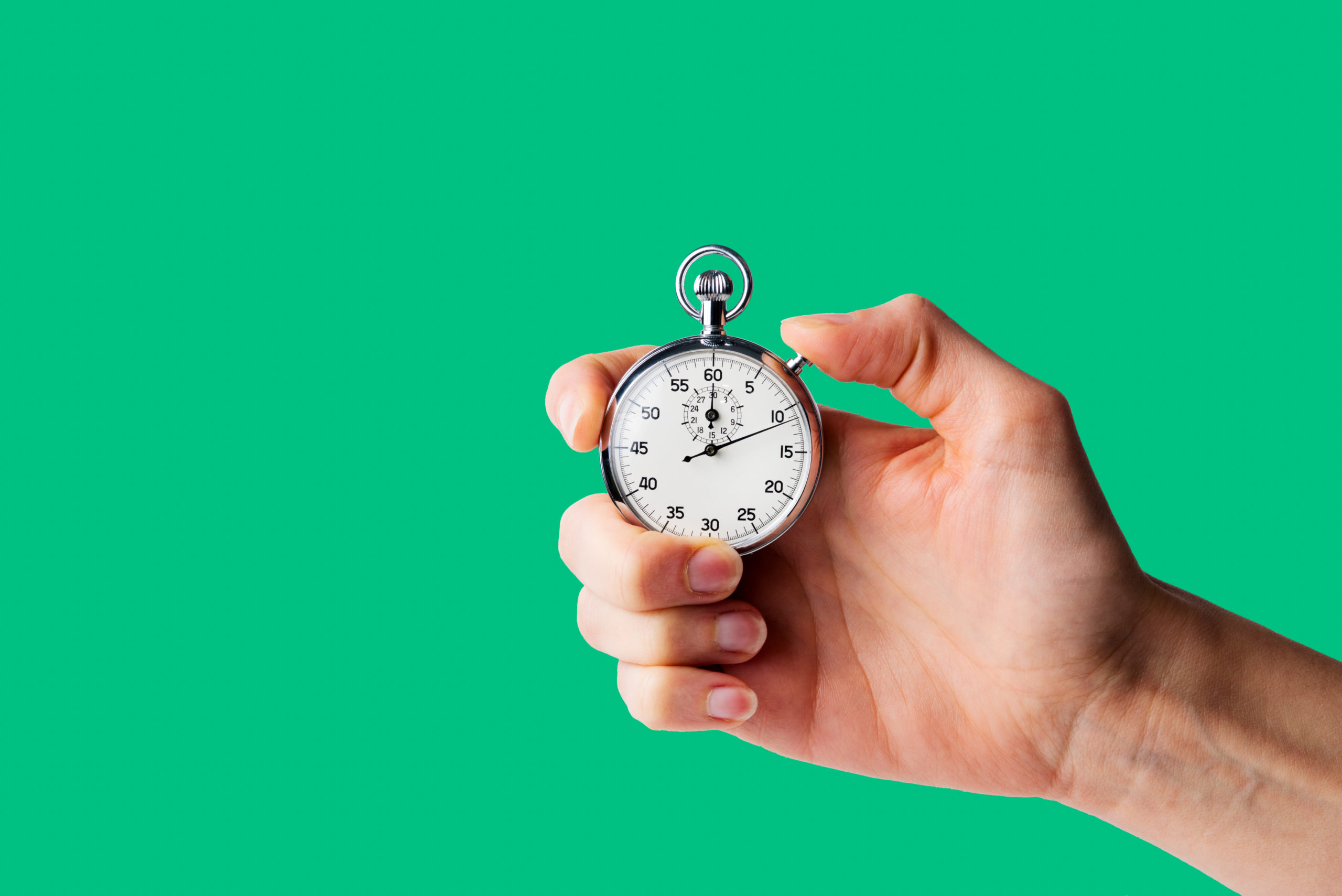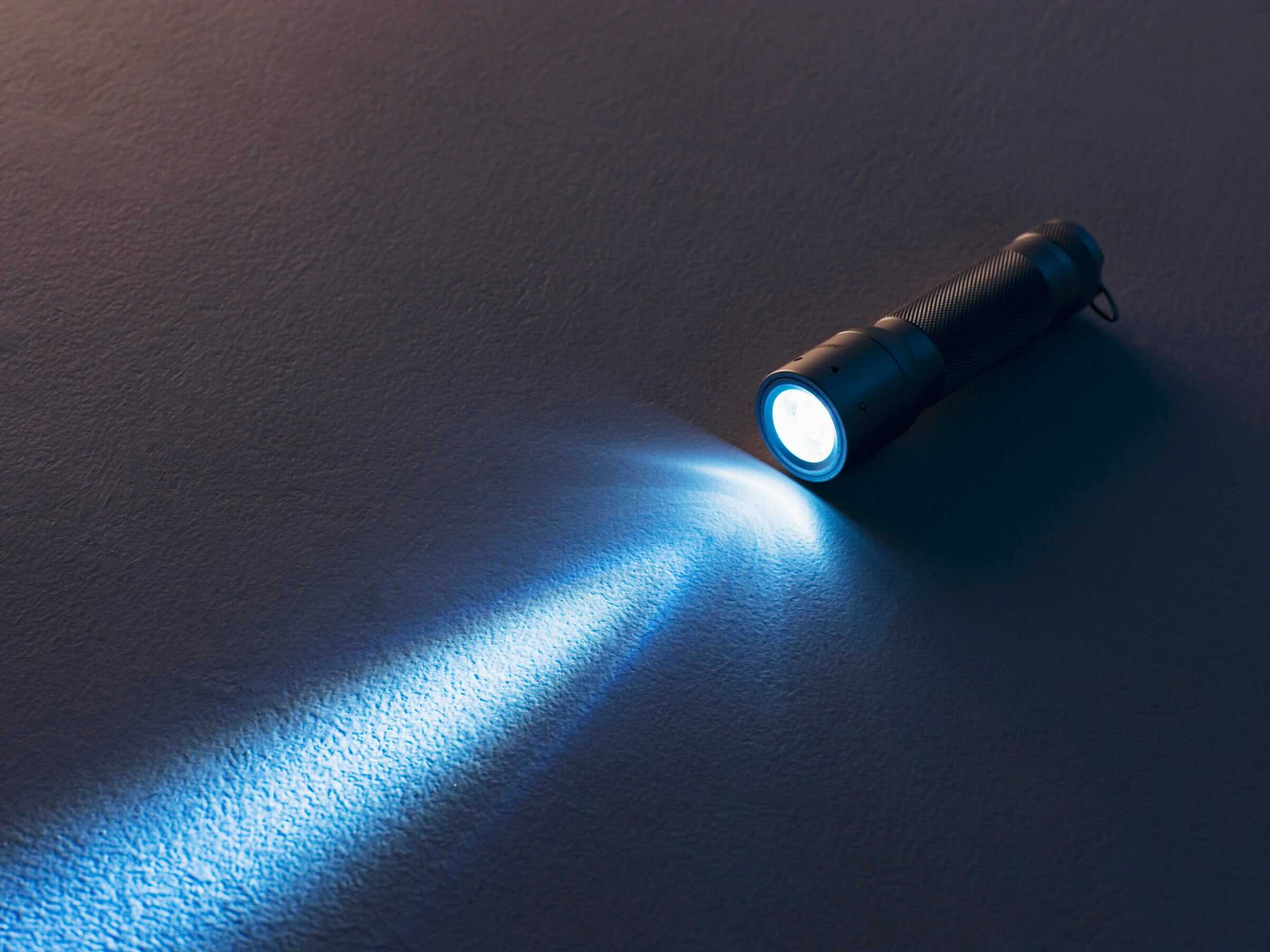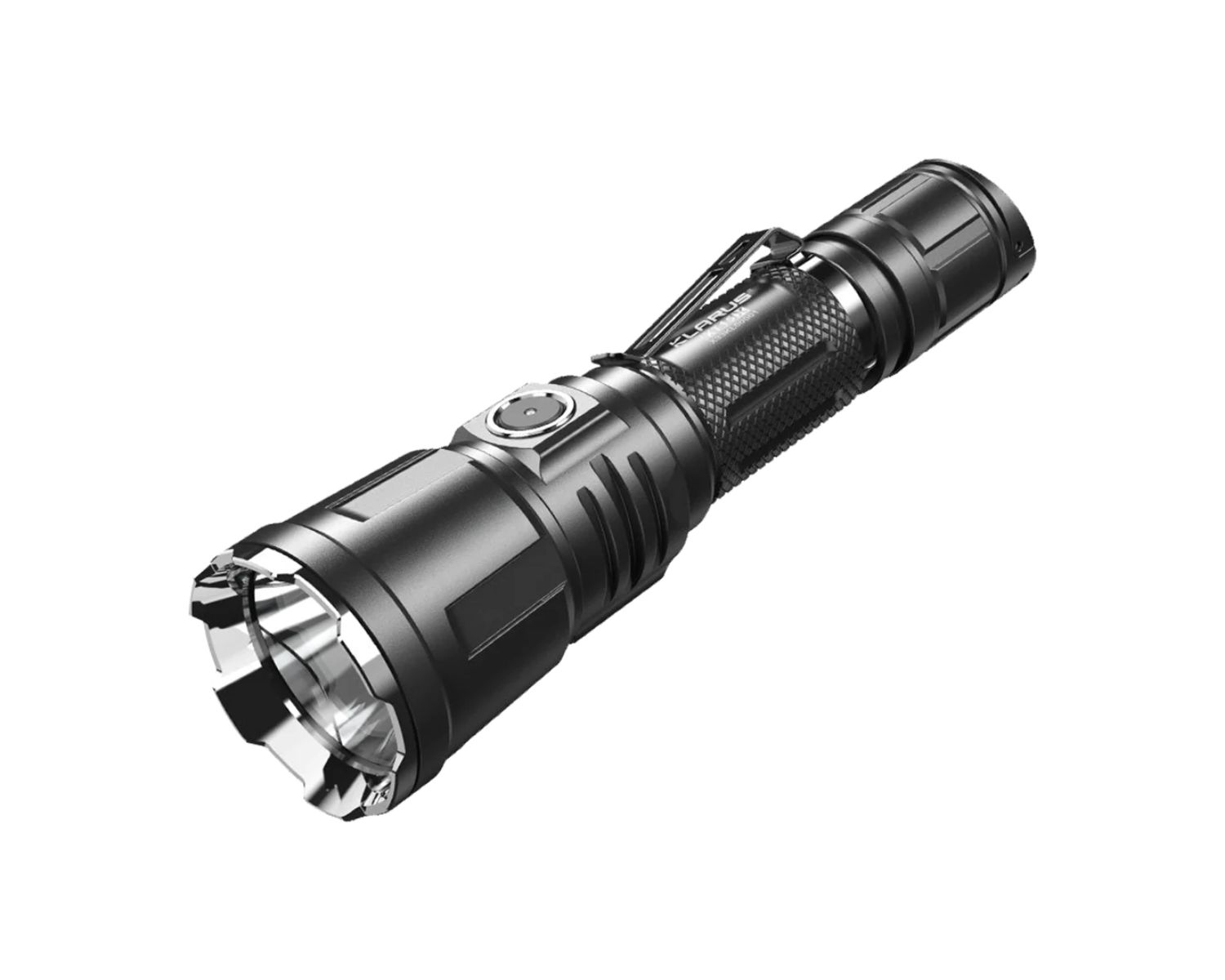Home>Gift Ideas>Light Meter Review: A Comprehensive Analysis of the Best Options


Gift Ideas
Light Meter Review: A Comprehensive Analysis of the Best Options
Published: February 19, 2024
Looking for the best light meter? Our comprehensive review analyzes the top options to help you make an informed decision. Explore now!
(Many of the links in this article redirect to a specific reviewed product. Your purchase of these products through affiliate links helps to generate commission for Giftslessordinary.com, at no extra cost. Learn more)
Are you looking to purchase a light meter but don't know which one is the best option for you? In this comprehensive analysis, we will take a closer look at some of the top light meters on the market. Light Meter Review: A Comprehensive Analysis of the Best Options will provide you with all the information you need to make an informed decision. Whether you are a photography enthusiast, a professional photographer, or simply looking to improve the lighting in your home, this review will help you find the perfect light meter for your needs.
Overall Score: 8/10
The Light Meter Digital Illuminance Meter is a handheld device that measures luminosity from 0 to 200,000 Lux and ambient temperature with high accuracy. It features a 4 digit color LCD screen, MIN/Max readings, data hold, auto power off, and low battery indication. This lightweight and compact meter has a wide range of applications including use in set design, factory, office or home. The device comes with a 2-year warranty and is yellow in color with dimensions of 6.87Lx2.20Wx1.20H.
Key Features
- Measures luminosity up to 200,000 Lux and ambient temperature
- High accuracy of ±3% rdg ± 8 dgts (<10,000 Lux), ±4% rdg ±10 dgts (>10,000 Lux)
- 4 digital color LCD screen, MIN/Max readings, data hold, auto power off, and low battery indication
- Wide range of application, use for set design, factory, office or home
- Lightweight and compact, 2 years long period warranty
Specifications
- Color: Yellow
- Dimension: 6.87Lx2.20Wx1.20H
Pros
- High accuracy in measuring light intensity
- 4 digit color LCD screen for easy reading
- Comes with 2-year warranty
Cons
- Inaccurate temperature measurement for some users
- No adjustment between incandescent and other types of lighting
The Light Meter Digital Illuminance Meter is a reliable and cost-effective tool for measuring light intensity and ambient temperature in various settings. While some users have experienced issues with temperature measurement, the device is highly recommended for its accuracy and ease of use. It’s a valuable asset for setting up LED grow lights and other applications, offering great value for money.
Overall Score: 8/10
The Dr.meter LX1330B Digital Illuminance Light Meter is a high-quality digital illuminance meter with a wide measurement range. It's equipped with conveniently placed switches, a clear display, and a portable design for ease of use and convenience. The meter is great for various applications, from indoor gardening to DIY lighting projects. It's priced reasonably and offers accurate readings, making it an excellent value for the money.
Key Features
- 4-Range Settings
- High Accuracy
- EZ-Read Display
- Convenient Switches
- Portable Design
Specifications
- Dimension: 4.00Lx1.00Wx8.00H
Pros
- Accurate readings
- Portable and convenient design
- Reasonably priced
Cons
- Lacks detailed manual
- Display lacks backlight
- Battery compartment not easily accessible
The Dr.meter LX1330B Digital Illuminance Light Meter offers great value for its price. It’s accurate, easy to use, and portable, making it a versatile tool for various applications. However, it could benefit from a more detailed manual and a display with a backlight. Overall, it’s a worthy investment for anyone needing accurate light readings for their projects or hobbies.
Overall Score: 7/10
The Klein Tools ET130 Digital Light Meter is a user-friendly tool for easily monitoring light levels. It provides accurate measurements in Foot Candles (FC) and Lux, with both auto and manual range options covering 4000 FC and 40,000 Lux. The backlit LCD display with a 40-segment bar graph ensures easy reading of light measurements. Convenient features include data hold, Max/Min readings, and Auto Power Off, along with a portable design that includes a carrying pouch and a 9V battery. However, some users have reported issues with the default unit and accuracy. Overall, it is a handy device for measuring light levels both indoors and outdoors.
Key Features
- USER-FRIENDLY LIGHT METER: Easily monitor light levels
- ACCURATE MEASUREMENTS: Measure light in FC and Lux
- AUTO AND MANUAL RANGE: Covering 4000 FC and 40,000 Lux
- CLEAR DISPLAY: Backlit LCD display with 40-segment bar graph
- CONVENIENT FEATURES: Data hold, Max/Min readings, Auto Power Off
- PORTABLE DESIGN: Includes a carrying pouch and 9V battery
Specifications
- Color: Multi
- Dimension: 2.13Lx1.40Wx8.24H
- Size: One Size
Pros
- Easy to use and read
- Portable with carrying pouch and included battery
- Accurate measurements for indoor lighting
Cons
- Default unit always FC, no option to set default
- Issues with accuracy in some units
- Challenges with outdoor measurements in dim light
The Klein Tools Digital Light Meter is a practical device for individuals needing to measure light levels, both indoors and outdoors. While it has its limitations regarding default settings and accuracy, it has garnered positive reviews regarding its effectiveness in various lighting situations.
Overall Score: 7/10
The Digital Illuminance Light Meter Tester is a versatile tool for measuring visible brightness in a wide range of settings. With the ability to measure lighting intensity indoors and outdoors, it's suitable for use in schools, hospitals, factories, airports, and homes. The unit can switch between Illumination and measurement time, has a MAX/MIN feature, and a data HOLD capability. It also features a backlight function and an auto power-off to save energy. The meter comes with an English and Chinese instruction manual.
Key Features
- Widely used for measuring visible brightness
- Unit switch between LUX and FC
- Measurement time and MAX/MIN feature
- Data HOLD and backlight function
- Auto Power Off to save energy
Specifications
- N/A
Pros
- Versatile and widely used
- Easy to use and durable
- Accurate measurements
- Value for money
Cons
- Poor for low light measurements
- Instructions are difficult to understand
- Some units may be defective
The Digital Illuminance Light Meter Tester is a versatile and practical tool for measuring visible brightness in a wide range of environments. While it may have some limitations in low light situations and with regards to the clarity of the instructions, it generally provides accurate and reliable measurements, making it a good investment for those in need of a cost-effective lighting intensity measurement tool.
Overall Score: 8/10
The Practical Zone System for Film and Digital Photography is a comprehensive guide for both film and digital photographers. It offers a practical understanding of the zone system, with a clear focus on its universal applications. The book covers techniques for black and white photography, film development, digital image processing, and more. It's a valuable resource for beginners and experienced photographers alike.
Key Features
- Comprehensive guide for film and digital photography
- Focuses on practical understanding of the zone system
- Covers techniques for black and white photography
Specifications
- Dimension: 6.90Lx0.70Wx9.80H
Pros
- In-depth explanations of the zone system
- Valuable resource for both film and digital photography
- Great for understanding black and white photography techniques
Cons
- Less content specifically focused on digital photography
- Slightly challenging read for beginners
The Practical Zone System for Film and Digital Photography is a valuable resource for photographers looking to understand and apply the zone system. While it may be slightly challenging for beginners, it offers in-depth explanations and techniques for black and white photography, film development, and digital image processing. Its focus on practical understanding and universal applications makes it a must-have for both film and digital photographers.
Overall Score: 9/10
The Sekonic L-308X-U Flashmate Light Meter is a powerful tool for photographers and videographers. With the ability to provide accurate exposures, it features photo, HD cine, and cine modes for complete control over ambient and flash light readings. The compact and concise design makes it perfect for travel, while the simple operation ensures ease of use. With accurate readings, it helps speed up the workflow and is a great addition to any photography setup.
Key Features
- Accurate exposures for ambient and electronic flash light readings
- Photo, HD cine, and cine modes for complete control
- Compact and concise design makes it perfect for travel
Specifications
- Color: Black
- Dimension: 4.30Lx2.50Wx0.90H
Pros
- Accurate and easy to use
- Compact and convenient for travel
- Speeds up the workflow
Cons
- No lanyard/neck strap included
- May have a learning curve for first-time users
The Sekonic L-308X-U Flashmate Light Meter is a reliable and powerful tool for both photographers and videographers. Its accuracy, compact design, and ease of use make it a valuable addition to any photography kit. Despite a few minor downsides, its overall performance and impact on workflow make it an excellent investment.
Overall Score: 8/10
The Leaton Digital Luxmeter is a handy device that allows you to measure the lighting in an area accurately. With a range of 0.1~200,000 Lux, it provides accurate measurements up to +/-5%. The device operates on a 9V battery and features a hold function, auto range, manual range, and auto power off. It's perfect for comparing different light outputs for various objects, making it a useful tool for professionals and hobbyists alike.
Key Features
- Measures lighting accurately
- Range: 0.1~200,000 Lux
- 9V battery operation
- Auto power off after 15 minutes
Specifications
- Color: Gray
Pros
- Accurate measurements
- Useful for comparing light outputs
- Handy tool for hobbyists
Cons
- Meter is not perfect for all angles
- Bare-bones instructions
The Leaton Digital Luxmeter is a great tool for those needing to measure lighting accurately. While it has some minor downsides, its accuracy and usefulness make it a valuable asset for professionals and hobbyists alike.
Overall Score: 7/10
The AS803 Lux Light Meter is designed to measure the intensities of illumination in Lux or Footcandles. It is ideal for use in scenic design, research teaching, industry inspections, agricultural research, and illumination control. It features an advanced built-in calibration sensor, a large LCD display, a handheld design, and a measuring range of 0-200,000 Lux. The meter is used in the photography and horticulture industries and is easy to carry due to its small size. It's highly recommended and precise for light intensity measurements.
Key Features
- Measures intensities of illumination in Lux or Footcandles
- Advanced built-in calibration sensor and twice per second frequency
- Rotatable head for multi-directional detection
- Large LCD display and backlight
- Hand-held design and small size
Specifications
- N/A
Pros
- Highly accurate for light intensity measurements
- Portable and easy to carry
- Backlit screen for improved visibility
Cons
- Not accurate for soil temperature readings
- Battery drain due to delayed shutdown
- Occasional discrepancies in temperature readings
The AS803 Lux Light Meter is a versatile and reliable device for measuring light intensity. While it may have some minor drawbacks, its precision, portability, and user-friendly design make it an excellent choice for photographers and horticulturists alike.
Overall Score: 8/10
The TopTes TS-710 is a versatile and accurate light meter, ideal for various applications such as plants, car headlights, home and office LED lights. It boasts a 180-degree rotating sensor, LUX/FC measurement units, ambient temperature and humidity measurement, featuring a multi-functional design for extensive data logging. The package includes the light meter with a sensor cover, soft case, and batteries. It is backed by excellent customer service and technical support.
Key Features
- 180° Rotating Probe & 2.25" Backlit LCD: Allows for precise light measurements from multiple angles and easy reading in low-light conditions
- LUX/FC Measurement Units: With a wide range of 0.1 to 200,000 lux and 0.1 to 20,000 foot candles
- Versatile Applications: Measures various visible light sources, ideal for homes, schools, offices, workshops, stages, farms, and factories
- Multi-Functional Design: Measures ambient temperature and humidity, features MAX/MIN value recording and data-hold, and auto shut-off after 10 minutes of inactivity
- Package Contents: Includes 1x TS-710 digital light meter with sensor cover, 1x soft case, 3x AAA batteries, 1x user manual
Specifications
- Color: Orange
Pros
- Multiple useful features
- Large, backlit LCD screen
- Versatile applications for various environments
- Includes necessary accessories and batteries
- Excellent customer service and technical support
Cons
- Temperature and humidity sensors not accurate for some users
- Numbers not accurate for certain uses
The TopTes TS-710 Light Meter offers a wide array of functionalities suitable for diverse applications. Its rotating probe, multiple measurement units, and additional temperature and humidity sensors provide an all-in-one solution for various lighting scenarios. While some users reported inaccuracies, the majority appreciated its usefulness, ease of use, and consistency, making it an attractive option for both professionals and individuals. With quality construction and excellent support, the TS-710 is a reliable tool for optimizing lighting environments.
Overall Score: 8/10
The Dr.meter Professional LED Light Meter is a must-have for set designers and anyone concerned with proper lighting. With a measuring range of up to 200,000 lux, this digital illuminance meter promises ultra-fast, ultra-precise readings. It comes with preprogrammed settings like auto power off, data hold, and a 270-degree rotatable detector, making it a versatile tool for lighting assessment. The meter is tripod-mountable and has an easy-to-read display. With positive feedback from users stating its accuracy and value for money, this light meter seems to be a solid choice for assessing lighting environments.
Key Features
- Professional LED Light Meter
- Ultra Fast, Ultra Precise
- Easy and Intuitive
- 270 Degree Rotatable Detector
- Tripod Mountable
Specifications
- Color: 1332B LED Light Meter
Pros
- Accurate readings
- Easy to use
- Value for money
- Tilting sensor to reduce glare
- Sturdy and stable
Cons
- Not suitable for camera exposure
- Does not measure reflected light accurately
The Dr.meter Professional LED Light Meter seems to live up to its promises of accuracy and ease of use. While it may have limitations for certain specific purposes such as camera exposure and measuring reflected light, it has proven to be a valuable tool for various applications, including indoor and outdoor lighting assessment. The positive feedback from users regarding its solid performance and value for money make it a worthy consideration for professionals who rely on precise lighting measurements.
What is a light meter?
- A light meter is a device used to measure the amount of light in a specific area.
- It is often used by photographers, filmmakers, and lighting designers to ensure that they have the right amount of light for their work.
Why do I need a light meter?
- A light meter can help you achieve proper exposure in your photographs or videos.
- It can also help you measure the intensity of light for growing plants, or for setting up lighting in a room.
Types of light meters
- Incident light meter
- Measures the light falling on the subject, rather than the light reflecting off of it.
- Often used in photography to determine the correct exposure for a scene.
- Reflected light meter
- Measures the light that bounces off the subject.
- Used in photography to measure the light reflecting off of the scene and adjust for proper exposure.
- Spot meter
- Measures the light from a small area of the scene, allowing for precise exposure control.
- Commonly used in photography to meter a specific part of the scene.
Features to consider when buying a light meter
- Measurement range
- Consider the range of light levels the meter can measure, ensuring it meets your needs.
- Accuracy
- Look for a light meter that provides accurate readings for reliable results.
- Display
- Check the type of display the light meter has, whether it's digital or analog, and choose one that suits your preference.
- Ease of use
- Choose a light meter that is user-friendly and has intuitive controls for easy operation.
- Battery life
- Consider the battery life of the light meter to ensure it can last for your needs.
- Size and portability
- If you need to carry the light meter around, consider its size and portability for convenience.
- Additional features
- Some light meters may have extra features such as memory storage, flash measurement, or ambient temperature measurement. Consider if these features are important for your usage.
How to use a light meter
- Set your meter to the correct mode
- Depending on the type of light meter and the situation, select the appropriate mode for measurement (incident, reflected, spot, etc.).
- Point the meter towards the light source or subject
- Direct the meter towards the light source or the subject to measure the light falling on it.
- Take the reading
- Press the measurement button to capture the light reading and observe the displayed values.
- Adjust your settings
- Based on the reading from the light meter, adjust your camera settings or lighting setup to achieve the desired exposure or light intensity.
Tips for using a light meter
- Take multiple readings
- For critical situations, consider taking multiple readings from different areas to ensure consistent results.
- Calibrate your meter
- Periodically calibrate your light meter to maintain its accuracy and reliability.
- Understand the readings
- Familiarize yourself with the readings from the light meter and how to interpret them for your specific needs.
- Practice and experiment
- Use the light meter in various lighting conditions and scenarios to gain experience and confidence in its use.
Final thoughts
- A light meter can be a valuable tool for achieving accurate exposure in photography, videography, and other lighting-dependent tasks.
- Consider the type, features, and usability of the light meter to choose the right one for your needs.
- With proper usage and understanding of its readings, a light meter can help you improve the quality of your work and achieve consistent results.
Frequently Asked Questions about Light Meter Review: A Comprehensive Analysis of the Best Options
A light meter is a device used to measure the intensity of light in a particular area. It can be used by photographers to ensure proper exposure for their photographs or by scientists to measure light levels in a laboratory.
A light meter works by using a sensor to measure the amount of light that is present in the environment. It then displays this measurement as a numerical value, often in units such as lux or foot-candles.
Yes, a light meter can measure various types of light, including natural light, artificial light, and even different colors of light. This versatility makes it a useful tool for a wide range of applications.
No, while light meters are commonly used by photographers to determine the correct exposure settings for their cameras, they are also used in fields such as architecture, interior design, and horticulture to measure and control light levels in different environments.
Using a light meter is important because it allows for accurate measurements of light levels, which can be crucial in achieving the desired results in fields such as photography, science, and design. It helps ensure that the right amount of light is present for a specific task or activity.


